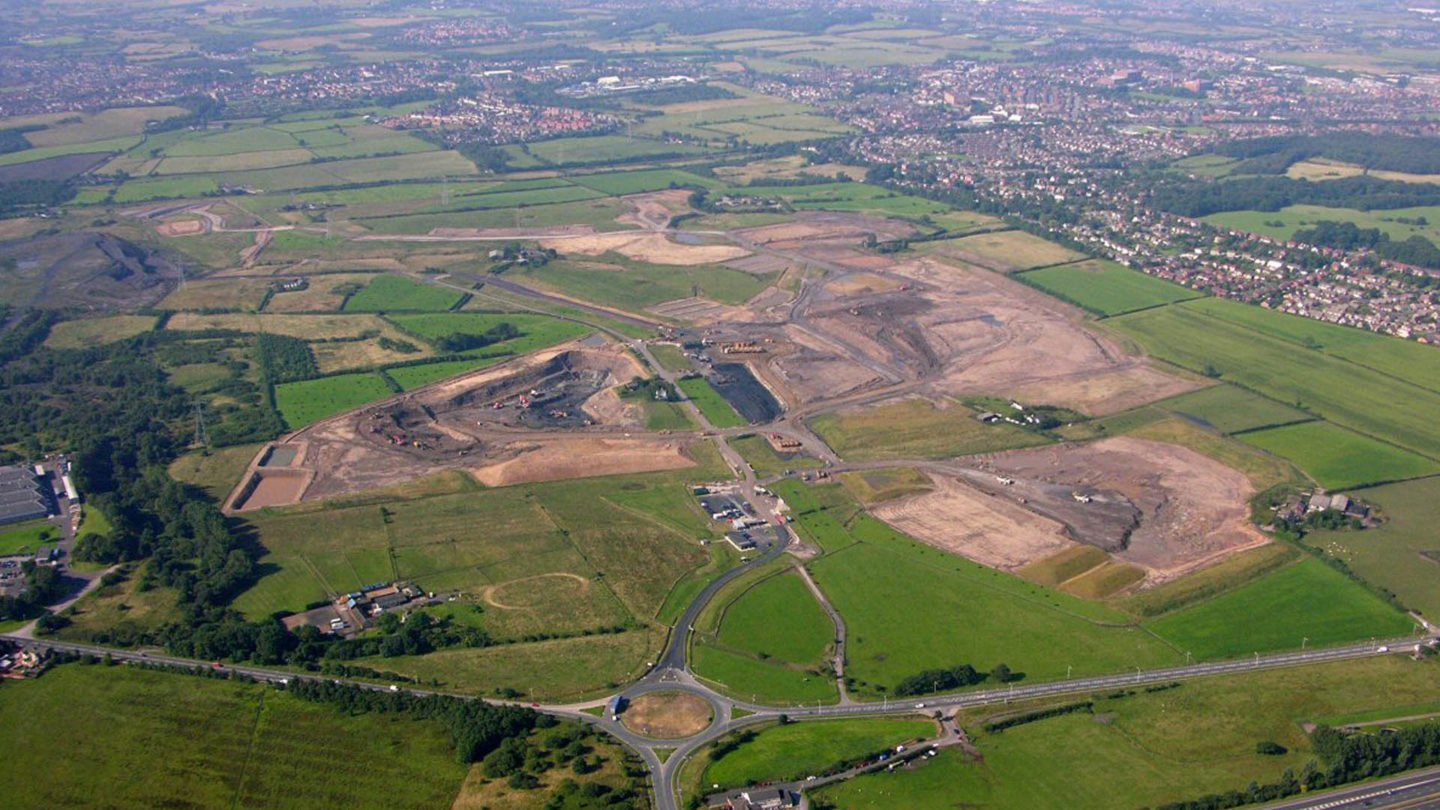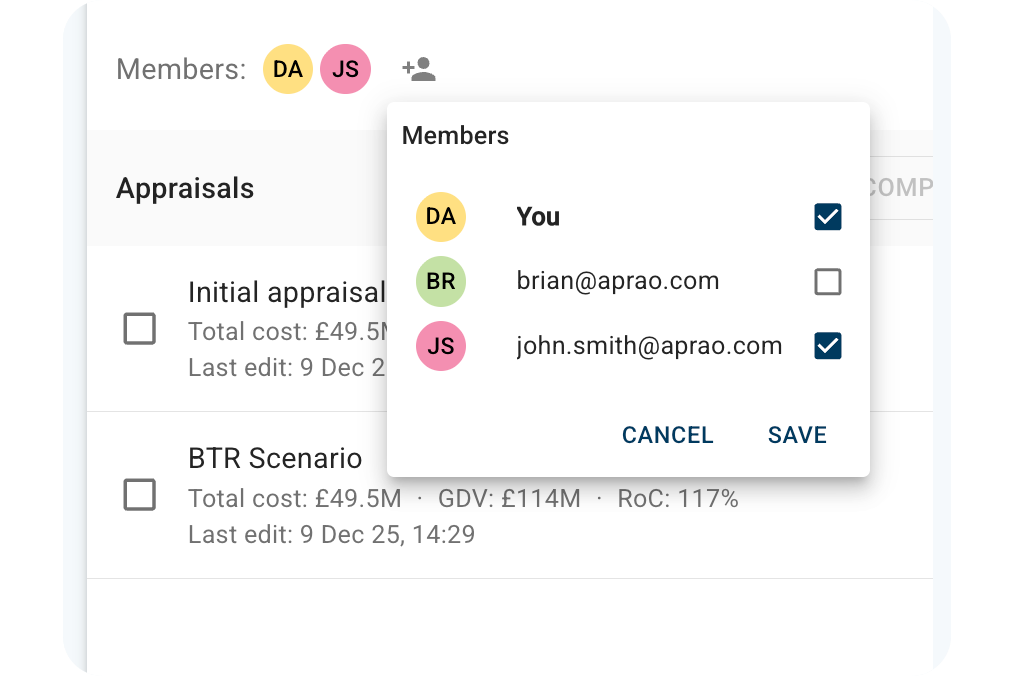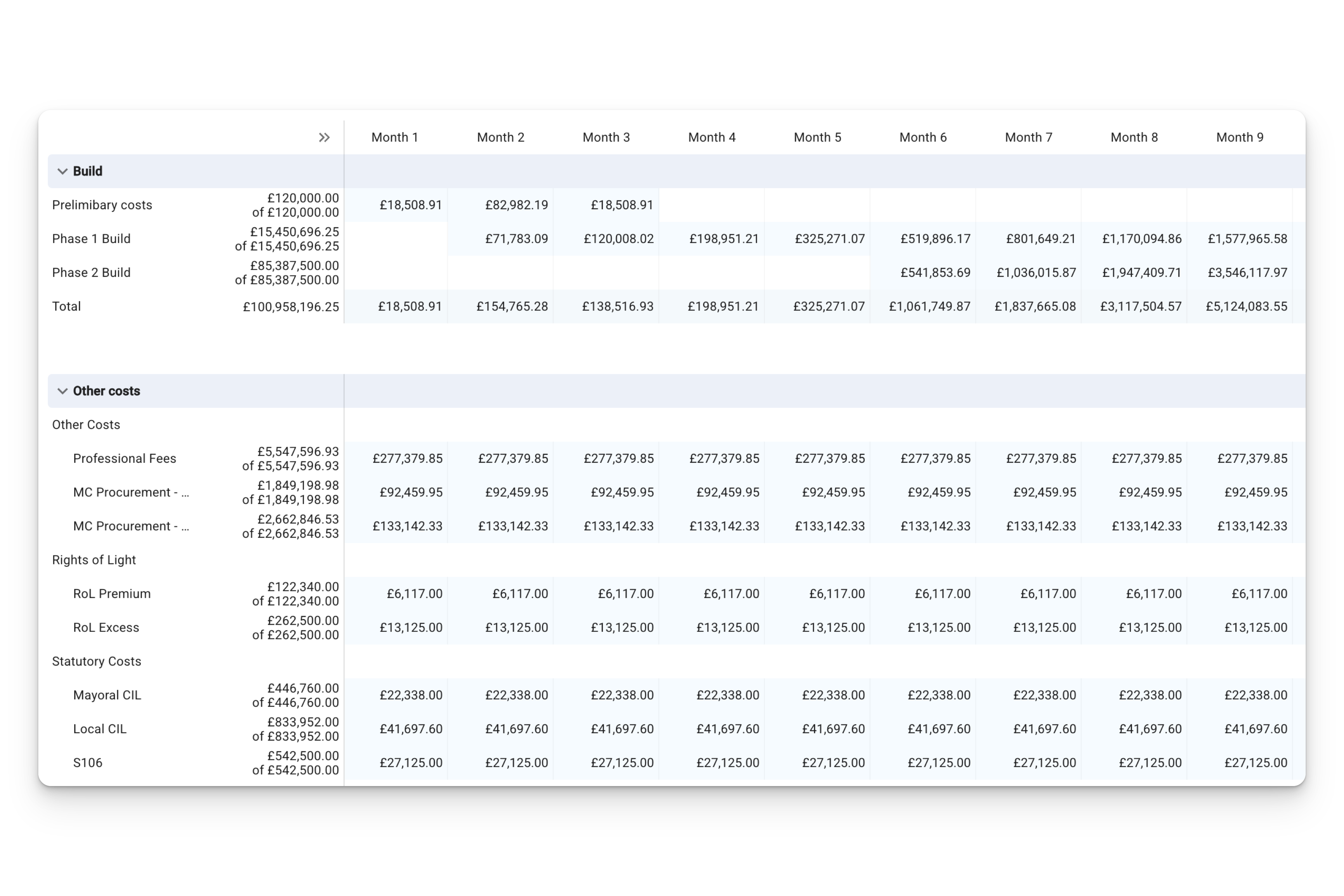Land assembly is a common practice in real estate development. It can be defined as acquiring small parcels of property to form a larger parcel of land for the purpose of redevelopment. Piecing together multiple parcels of land is an important part of urban development.
In densely packed urban locations buildings and land ownership is usually fragmented. The big issue is that different land owners have different agendas and motivations. For instance, the owner-occupier of a small building's behaviour during a negotiation may be very different from that of a property company who views the asset with profit in mind. (But that's a whole topic in its own right!)
The Process
Land assembly is a process that can be complex and time consuming, requiring lengthy negotiation. Timing is everything in real estate development, which is why it's essential to have qualified experts with a coordinated strategy.
The team will consist of planners, architects, Rights of Light surveyors, development finance and local public partners, amongst others.
The land assembly process is a specific part of the development process, assuming it is applicable to the subject project. This is a process that starts prior to the planning process.
Land Banking
Larger real estate developers usually land bank to accumulate land to fuel their long-term development pipeline. Larger strategic sites can be acquired through open market sales after which developers can look to buy in neighbouring plots.
Alternatively, developers can carry out strategic land search exercises. This is where a developer may instruct their land team or development agents to target specific areas to open dialog with real estate owners.
Different Negotiation Tactics
There are various tactics that can be deployed when negotiating for the purposes of land assembly. Here a few of the key mechanisms that can be deployed by a developer:
- Overage
Overage is agreed between the land owner and the developer if there is a good chance of planning consent being granted. Assuming consent is granted, the vendor will receive a share in the increased value of the land once sold. There can be a number of trigger events agreed and sometimes the payment calculations can become complicated. - Option Agreements
An option agreement is essentially a conditional contract. It gives the developer control of the site throughout the planning process. They can be very flexible arrangements and are inserted into the Heads of Terms. Once the site receives the planning consent, it generally gives the developer a period of time to decide if they want to exercise the right to purchase. - Compulsory Purchase Orders
A CPO is when the Government or a local authority uses a statutory right to acquire a building or land. In real estate development, it will be exercised if the site forms part of a strategic regeneration project. For example - CPO has been used extensively for the land assembly for HS2.
Calculating the Residual Value for Site Assembly
Here is a high level example we have put together using the residual site tool in Aprao. In the scenario we have agreed the first site acquisition at £2.00 million. We are targeting 20% Return on Cost to calculate the residual value.
-2.png?width=800&name=image%20(1)-2.png)
To move forward with the scheme we have to acquire another parcel of land. For site purchase 2, we can only pay £1.29 million to hit our required return on cost.
-1.png?width=800&name=image%20(2)-1.png)
Stay tuned for the next article about consented and unconsented land, and the associated appraisal methods!






Leave a comment